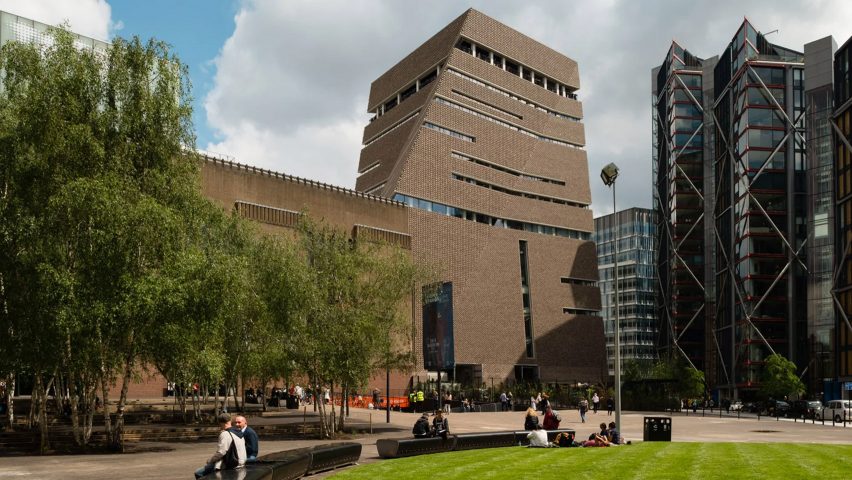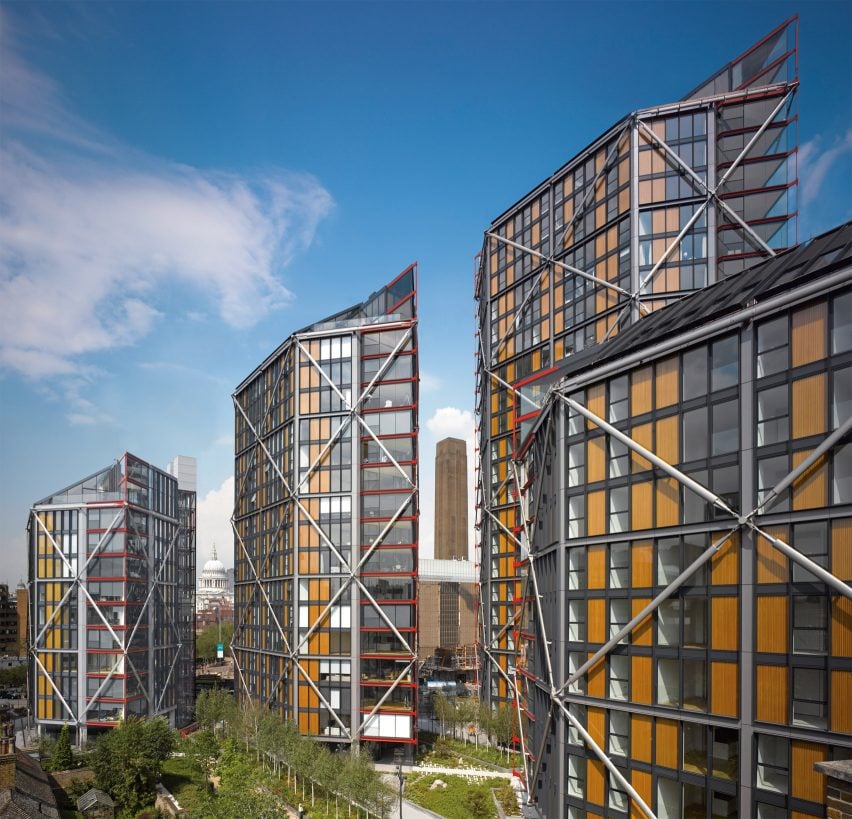
Tate Modern loses privacy feud with Neo Bankside residents over viewing platform
Residents of the luxury Neo Bankside flats live as though they are "on display in a zoo" because of the Tate Modern's Herzog & de Meuron-designed extension, the Supreme Court has ruled.
A majority judgment by the Supreme Court has determined that the viewing gallery at the Tate's Switch House building invades the privacy of residents and prevents them from enjoying their homes in the RSHP-designed tower, located on the south bank of the Thames.
The ruling overturns both the High Court in 2019 and the court of appeal's dismissal in 2022 of Neo Bankside residents' claims that the extension invades their privacy.
"Constant observation and photography"
These dismissals led the case to be taken up by the Supreme Court, which is the UK's highest court, which has today ruled in the residents' favour.
According to Supreme Court judge Lord Leggatt, it is a "straightforward case of nuisance" due to "constant observation and photography" of the luxury flats by visitors to the museum.
"It is not difficult to imagine how oppressive living in such circumstances would feel for any ordinary person – much like being on display in a zoo," he continued.
"It is beyond doubt that the viewing and photography which take place from the Tate's building cause a substantial interference with the ordinary use and enjoyment of the claimants' properties," he added.

An extension to the Tate Modern gallery, Herzog & de Meuron's Switch House opened in 2016, four years after Neo Bankside completed in 2012.
Its outdoor public viewing balcony runs along the exterior of the extension's tenth floor, designed to provide visitors with a view over London, but also overlooks the flats.
The privacy battle, which began in 2017, involves five owners of four apartments in the Neo Bankside development, which is just 34 metres away from the viewpoint.
High Court to determine solution
Today's win for the residents will require Tate Modern to respond, but the judgement does not specify a remedy. The case will now be returned to the High Court to determine a solution, which could involve payment of damages or an injunction.
The dispute began in 2016 when claimants accused visitors to the Tate Modern of spying, before applying for an injunction requiring the gallery to cordon off parts of the platform or erect privacy screening.
Judges in the High Court ruled against the flat owners, stating that residents should take their own measures to protect their privacy, leading it to be taken to the Supreme Court.
Tate Modern's former galleries director Nicholas Serota, who oversaw the Tate Modern's launch in 2000 and its subsequent £260 million extension, agreed with the previous judgements.
At the time, Serota said privacy could "be enhanced if those people decided that they might put up a blind or a net curtain or whatever, as is common in many places," reported the Guardian.
Commenting on the previous cases, Leggatt suggested in the judgement that this dismissal could have been due to "a reluctance to decide that the private rights of a few wealthy property owners should prevent the general public from enjoying an unrestricted view of London and a major national museum from providing public access to such a view".
In 2018, artist Max Siedentopf installed binoculars at the Tate Modern in response to the dispute, which allowed visitors to the art gallery to look directly into the Neo Bankside development.
The main photo is by Jim Stephenson.